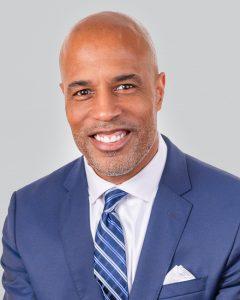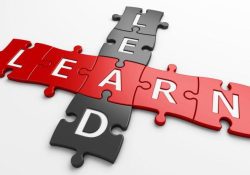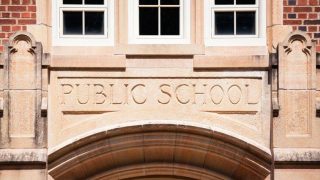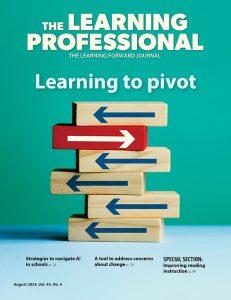The school year is beginning for the 53 million U.S. students enrolled in elementary and secondary public schools. The families of those children want their kids to be cared for and educated as the unique individuals they are, regardless of whether they have an intellectual or physical disability, are multilingual learners, are still struggling to recover from pandemic setbacks, want extra academic enrichment, or face any number of challenges. And they expect their kids will be seen and valued, regardless of their cultural background, race, class, or life experiences.
Meeting the needs of every single child is vital and complex work. To do that well, teachers must be constantly learning – learning about the latest research on the brain and instruction, learning about students’ evolving needs, learning about each and every child’s challenges and strengths. Even the very best teachers who have been teaching for many years are still learning. That means teachers’ learning and growth matter, too.
The best path to ensure every child has a high-quality teacher is through a school’s commitment to high-quality professional learning. This is an issue of educational equity. Learning Forward defines equity as the outcome of educator practices that respect and nurture all aspects of each and every student’s identity rather than treat them as barriers to learning. Equity means every student has what they need to succeed – pure and simple.
Professional learning is a critical lever to achieve equity and success for all students. This connection between educator professional learning and student learning is vital but oftentimes doesn’t get its due. That’s why I’ve chosen to kick off the new school year being explicit about Learning Forward’s work championing equitable professional learning. It’s time for everyone to get on the same page about supporting teachers, instructional staff, and leaders so that every child learns.
Schools ensure success for every student when education leaders create, scale, sustain, and advocate for coherent systems and programs that connect effective adult learning with equitable student outcomes. That includes, for example, making sure that every teacher is knowledgeable about best practices for teaching reading and is able to implement the school’s plan for learning recovery at all levels of students’ mastery.
To fulfill its potential and achieve equity, we believe that professional learning must be guided by key principles grounded in research and informed by best practices. We embody these principles through the Standards for Professional Learning. Standards inform the entirety of our work, which includes publishing a journal for educators; advocating for funding; and working directly with countries, states, provinces, districts, and school leaders to design learning plans that meet each educator’s unique needs and improvement goals, and most importantly, enable them to meet every student’s needs.
In the standards and elsewhere, we say that equity is at the heart of our work. What does that mean? It means we’re here for every student, not for some or for most, and we help educators put that commitment into action. It means we help them to see and honor every child’s unique gifts, strengths, and backgrounds. It means we help them build schools that make space for everyone, where everyone learns and everyone succeeds. It means every educator has access to effective professional learning, so they can be at their best for their students. Finally, it means strengthening educators’ abilities to meet parents’ expectations for what they want for their children.
Professional learning is a high-yield investment in our children – each and every one of our children – and it’s an investment we cannot afford to overlook.







